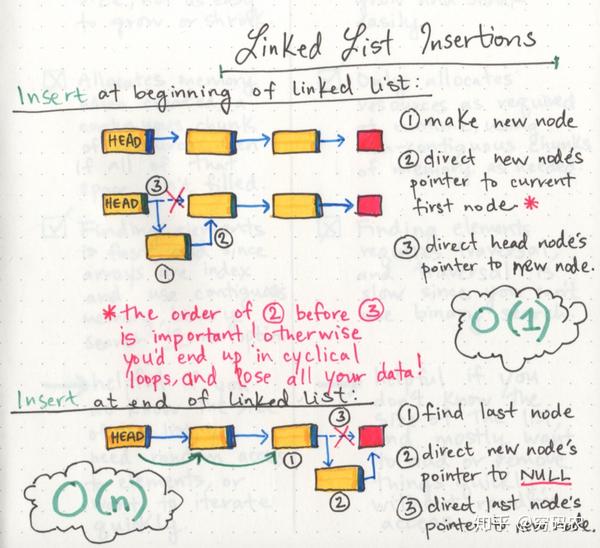Understanding the Timeline: How Long Does It Take for PET Scan Results?
#### IntroductionWhen it comes to medical imaging, particularly Positron Emission Tomography (PET) scans, patients often wonder about the duration it takes……
#### Introduction
When it comes to medical imaging, particularly Positron Emission Tomography (PET) scans, patients often wonder about the duration it takes to receive their results. This question is crucial for many, especially those who are awaiting diagnosis and treatment plans. In this article, we will explore the factors that influence the waiting time for PET scan results, along with what patients can expect during the process.
#### What is a PET Scan?
A PET scan is a sophisticated imaging technique that helps in diagnosing various medical conditions, particularly cancers. It involves the injection of a small amount of radioactive material, which emits positrons. These positrons interact with electrons in the body, resulting in the emission of gamma rays that are detected by the PET scanner. The images produced can provide valuable insights into metabolic processes and help identify abnormal growths or diseases.
#### How Long Does It Take for PET Scan Results?
The question "how long does it take for PET scan results?" is common among patients. Typically, the timeframe for receiving results can vary based on several factors:
1. **Institutional Protocols**: Different hospitals and imaging centers have their own protocols regarding the processing of PET scans. Some facilities may have advanced technology that allows for quicker analysis and reporting of results.

2. **Radiologist Availability**: The time it takes for a radiologist to interpret the scan can also affect the waiting period. If the radiologist is busy or if there is a backlog of cases, it may take longer to generate a report.
3. **Type of Examination**: The complexity of the scan and the specific areas being examined can influence the time required to analyze the images. More complex cases may necessitate additional time for interpretation.
4. **Urgency of the Case**: In certain situations, such as emergency cases or when a rapid diagnosis is critical, results may be expedited. Conversely, routine scans may take longer.
5. **Communication with Healthcare Providers**: Once the radiologist has completed the report, the results must be communicated to the referring physician. The time taken for this communication can also impact how quickly patients receive their results.
#### Typical Timeframe
On average, patients can expect to receive their PET scan results within 24 to 72 hours. However, it is essential to communicate with the healthcare provider to understand the expected timeline specific to their facility. In some cases, patients may even receive preliminary results on the same day of the scan, especially in urgent situations.
#### What to Do While Waiting for Results
Waiting for medical results can be a stressful experience. Here are some tips to help manage anxiety during this period:
- **Stay Informed**: Understanding the process and knowing what to expect can alleviate some anxiety. Don’t hesitate to ask your healthcare provider about the typical waiting time for your specific situation.
- **Engage in Relaxation Techniques**: Practices such as meditation, deep breathing, or gentle exercise can help reduce stress.

- **Reach Out for Support**: Talk to friends, family, or support groups about your feelings. Sharing your concerns can provide comfort and reassurance.
- **Prepare Questions for Your Doctor**: While waiting, consider jotting down any questions or concerns you may want to discuss with your healthcare provider once the results are available.
#### Conclusion
In summary, the question of "how long does it take for PET scan results?" can vary based on several factors, including institutional protocols and the complexity of the case. Generally, results can be expected within 24 to 72 hours, but it is always best to communicate with your healthcare provider for the most accurate information. Understanding the process and managing anxiety while waiting can help patients navigate this challenging time.